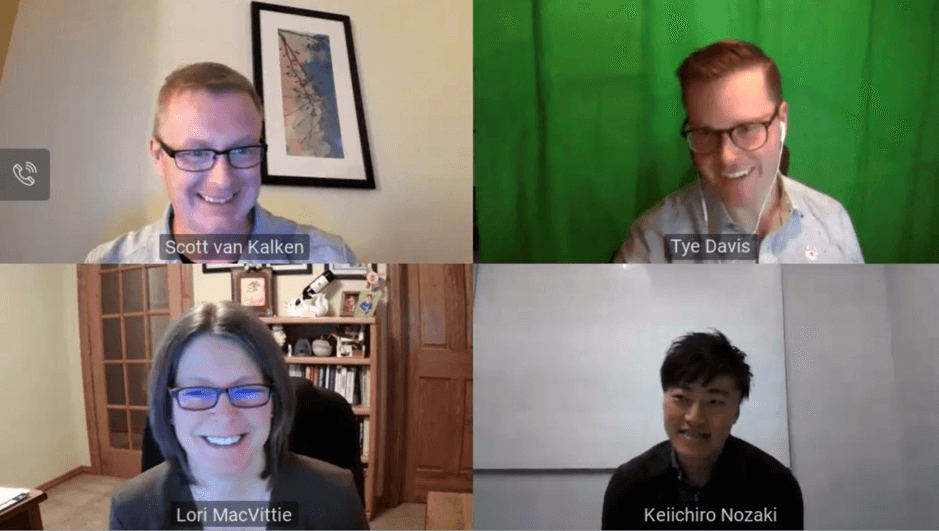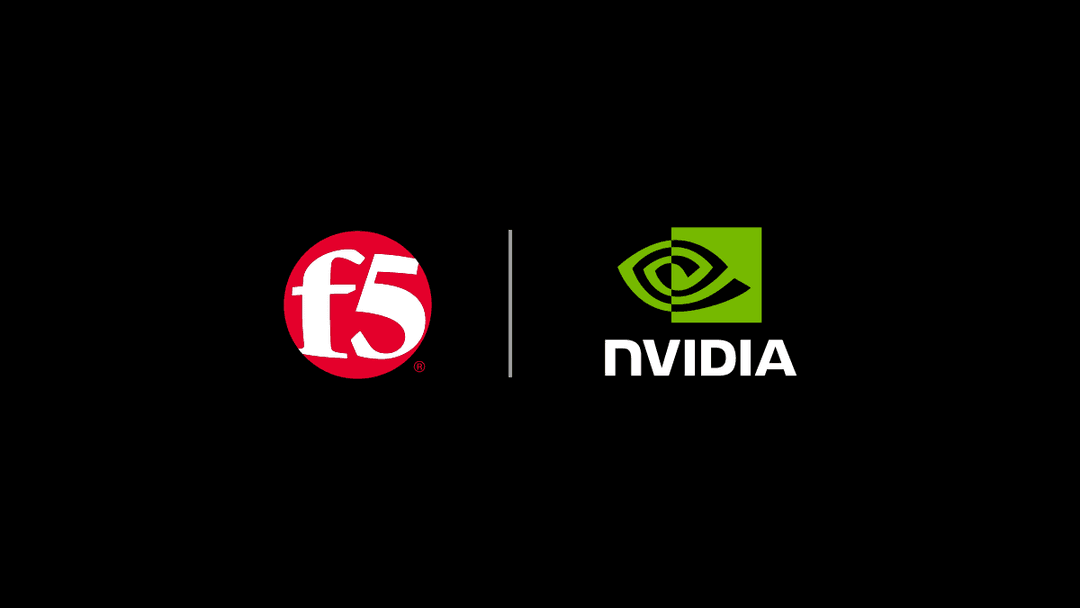Right now, DevOps is the topic for developers and network experts. Last year I explored just how prepared enterprises are for it in my blog. The next step in understanding the state of the market was our recent webinar series, Why Application Modernization Matters to Digitalization, in collaboration with Tye Davis from GitLab Inc., an expert in this topic, and F5's own Lori MacVittie and Scott van Kalken. What did they have to say? Here are my top insights from the discussion:

- Defining Application Modernization
According to Lori, this means in part that organizations are trying to participate in the digital economy either by building net new apps in the cloud, using new tools, or bringing legacy apps to cloud with changes such as building API. To Tye, the key is to explore and implement using the modernized toolset in management processes. For me, either the app changes are triggered by digital business initiative or they are not, simply because that indeed determines how and for what will the app will be deployed, and for whom. - The state of the CI/CD pipeline
According to Tye, many customers start with Continuous Delivery by moving to Agile and, in order to speed up release cycles, they also move to Continuous Integration. “In this CI part, in some cases you may find it becomes a longer road since there are too many siloed teams in the organization," he said. He added that he sees customers saying: “Yeah, we do CI already” but in truth, the teams supposed to do the work aren't talking to each other. The crucial thing here is communication based on the CI process. - Key approaches/solutions for those considering DevOps
Tye pointed to the ideas of “shift left” and “ecosystem thinking” here. “You need buy in from the leadership, top-down business buy-in, to take this DevOps approach, and also ensure the organization takes the Agile approach," he said. "And the key here is 'shift left'." An example: in moving from manual testing, shifting left means giving the developer more responsibility for testing, and validating earlier, so that changes can be made earlier. That avoids a customer rejection after three months of development effort. “Ecosystem thinking” is all about not isolating yourself but, instead, leveraging community knowledge and joining events. - What's different about Asia Pacific?
The webinar panel agreed that we should expect a more positive chaotic mix. This is not country-specific; it means countries influence each other within developer communities. Asia Pacific is a collection of very different nations, each with its own trends and priorities. But as more countries go digital, the more trends and market environments will converge. And more and more we will see trends in one market influence others. The takeaway here; yes, every country is different, but the struggles developers across the region have may become more consistent, and collaboration between them will become more important.
What is your take?
About the Author
Related Blog Posts

F5 ADSP Partner Program streamlines adoption of F5 platform
The new F5 ADSP Partner Program creates a dynamic ecosystem that drives growth and success for our partners and customers.

Accelerate Kubernetes and AI workloads with F5 BIG-IP and AWS EKS
The F5 BIG-IP Next for Kubernetes software will soon be available in AWS Marketplace to accelerate managed Kubernetes performance on AWS EKS.
F5 NGINX Gateway Fabric is a certified solution for Red Hat OpenShift
F5 collaborates with Red Hat to deliver a solution that combines the high-performance app delivery of F5 NGINX with Red Hat OpenShift’s enterprise Kubernetes capabilities.

F5 accelerates and secures AI inference at scale with NVIDIA Cloud Partner reference architecture
F5’s inclusion within the NVIDIA Cloud Partner (NCP) reference architecture enables secure, high-performance AI infrastructure that scales efficiently to support advanced AI workloads.
F5 Silverline Mitigates Record-Breaking DDoS Attacks
Malicious attacks are increasing in scale and complexity, threatening to overwhelm and breach the internal resources of businesses globally. Often, these attacks combine high-volume traffic with stealthy, low-and-slow, application-targeted attack techniques, powered by either automated botnets or human-driven tools.
Phishing Attacks Soar 220% During COVID-19 Peak as Cybercriminal Opportunism Intensifies
David Warburton, author of the F5 Labs 2020 Phishing and Fraud Report, describes how fraudsters are adapting to the pandemic and maps out the trends ahead in this video, with summary comments.